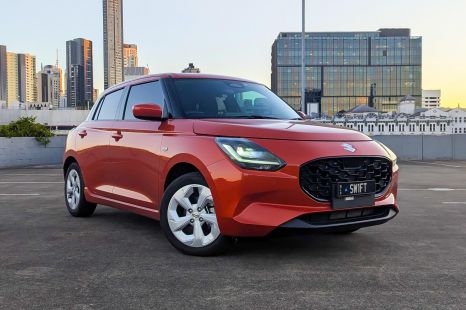

William Stopford
2025 Suzuki Swift Plus review
4 Days Ago

Contributor
GWM (Great Wall Motors) is one of China’s fastest-growing carmakers, with 2021 sales nudging 1.3 million vehicles and a stated goal of four million annually by 2025.
Whilst its 2021 tally pales in comparison to industry leaders such as Toyota, the Chinese brand nevertheless recorded a year-on-year growth rate of 15.2 per cent, pretty impressive during a pandemic with a global semiconductor shortage.
Like other large Chinese carmakers such as Geely and SAIC, GWM sells models under a stable of brands.

These already have an established presence in Australia, through models such as the GWM Ute, and Haval H6 and Jolion that compete directly with SAIC-owned rival MG.
Next comes Ora, a brand to cater for younger customers who may be more focused on driving greener vehicles. It’s the subject of our latest brand overview focused on Chinese carmakers.
MORE:China’s Ora electric car arrives in 2022
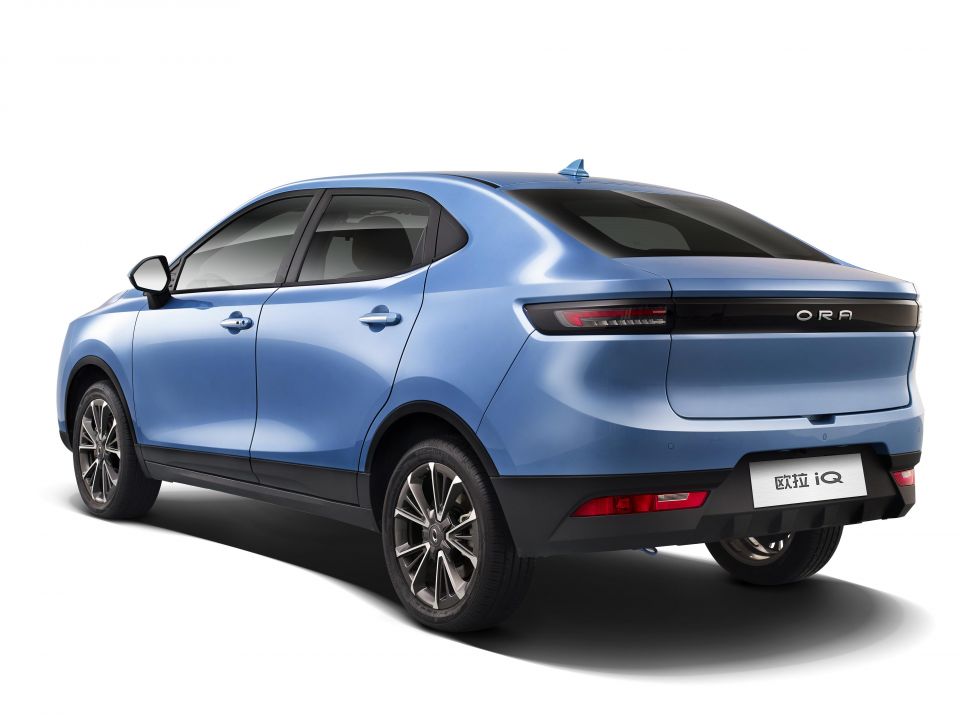
GWM launched the Ora brand in August 2018, following a claimed near-decade of research and analysis into the ‘new energy vehicle’ market, and how it could differentiate itself.
In Mandarin, the word ‘Ora’ bears a resemblance to ‘Euler’, and the brand was indeed named after the famous Swiss mathematician Leonhard Euler, on the basis that mathematics is fundamental to innovation and technological progress.
In addition, GWM claims Ora as an acronym represents brand pillars of being ‘Open’, ‘Reliable’ and ‘Alternative’.
The Ora brand has been led since inception by GWM executive Ning Shuyong, with its first model being the 2018 Ora iQ. A high-riding sedan bearing some styling similarity to the Polestar 2, the iQ features a 47kWh battery and a 120kW motor powering the front wheels, with a claimed range of 400km on the very optimistic NEDC cycle.

Perhaps in line with its focus on younger and more fashionable buyers, Ora’s current model lineup is named after various types of cats, though the iQ described earlier remains a mainstay in Ora’s domestic Chinese lineup.
Below it sits the low-budget Black Cat city car, vaguely resembling the Honda e or Smart, and measuring a length of 3495mm. The Black Cat makes use of a boxy design and wheel at each corner stance to maximise interior space.
The Black Cat does compromise a bit on range and power in the name of affordability, featuring a 33kWh battery paired with a front motor producing just 35kW, for a claimed top speed of around 100km/h and range of around 300km on that lenient NEDC cycle.
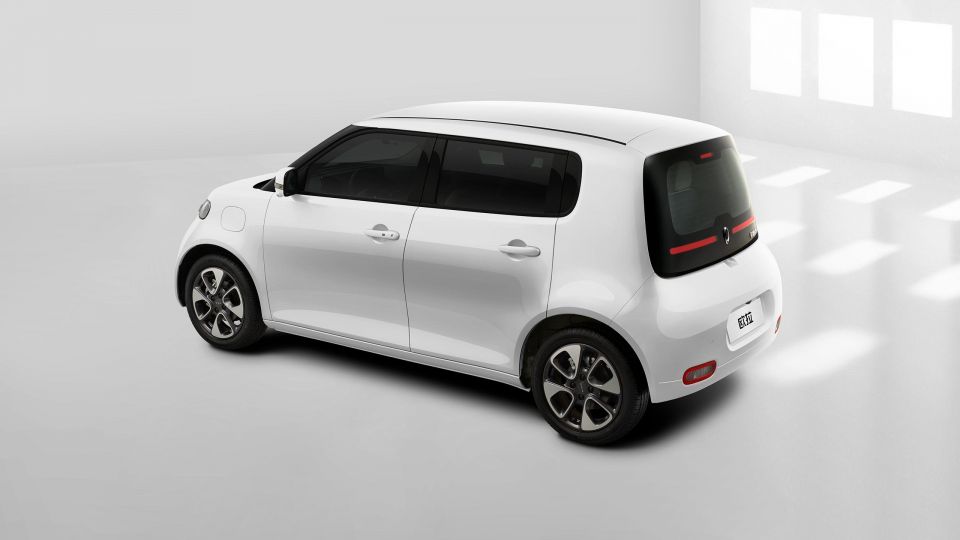
Although this powertrain is unlikely to be suitable for all markets, it is ideal for congested Chinese cities and other developing regions where size and price are critical considerations.
To this extent, Ora has also produced a slightly larger and more upmarket car based around a similar powertrain, branded Ora White Cat.
Having a more upright stance with a passing resemblance to boxy SUVs such as the (now superseded) Kia Soul, Toyota Rukus and Nissan Cube, the White Cat can be equipped with either a 34kWh or 38kWh battery, paired with a 35kW or 45kW front motor respectively.
Styled by GWM’s Yokohama-based Japanese design studio, the White Cat introduces design elements such as a honeycomb front grille, and a one-piece glass tailgate with integrated tail-lights.
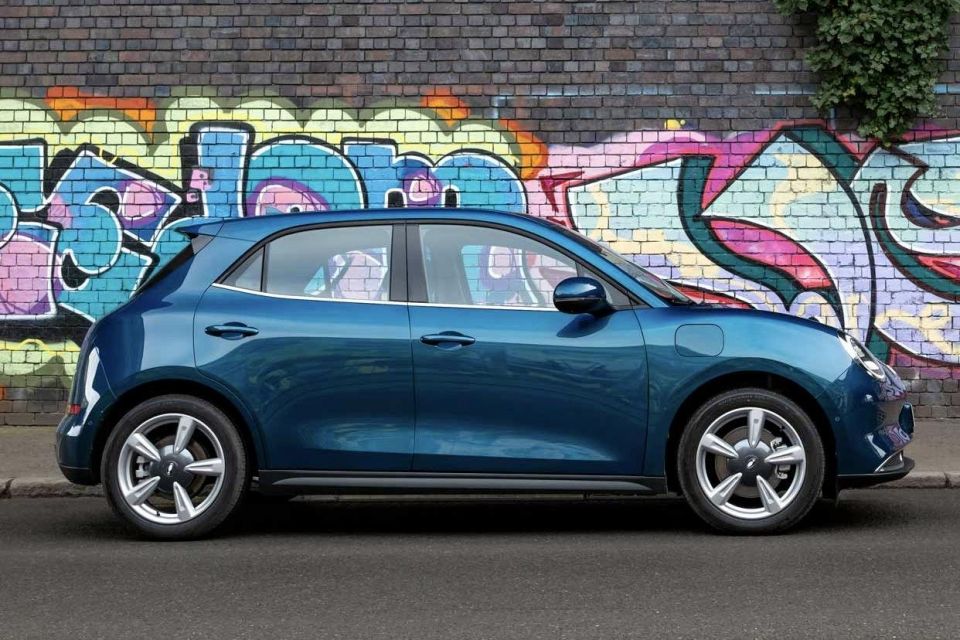
Arguably the most important model Ora sells is the Good Cat hatch, sized comparably with a Volkswagen Golf. This is the first car the marque has designed to be exported and as such, looks a significant step up with regard to performance, range, and safety.
In the Chinese domestic market the Good Cat is available with either 48kWh or 59kWh batteries, and can be equipped with either a 105kW/210Nm or 126kW/250Nm front motor, with range also varying from 400-500km (as mentioned above, these are optimistic NEDC cycle figures, with real-word range likely to be significantly less).
Ora claims a 0-100 km/h acceleration of 8.5 seconds when equipped with the larger motor.
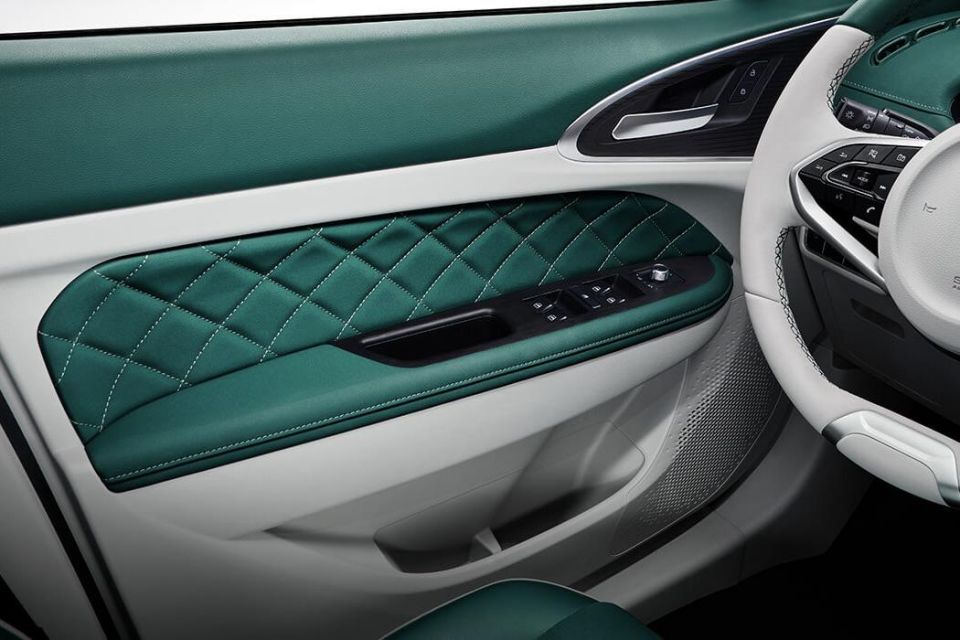
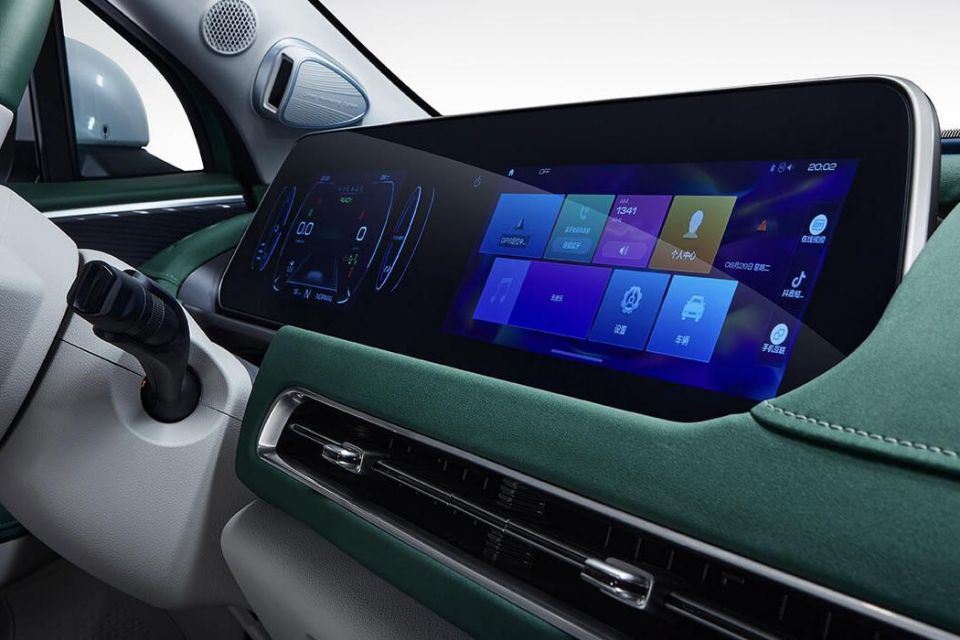
Ora claims the Good Cat is equipped with the latest Mobileye active safety and driver assistance systems, and features a smartphone-esque Qualcomm Snapdragon processor to power its infotainment system and digital instrument display.
After subsidies are applied, in China the Good Cat starts from 103,900 yuan ($A21,400) and tops out at 160,900 yuan ($A33,400).
Ora has also previewed two concept cars that appear to largely be production ready, and also follow a feline theme.
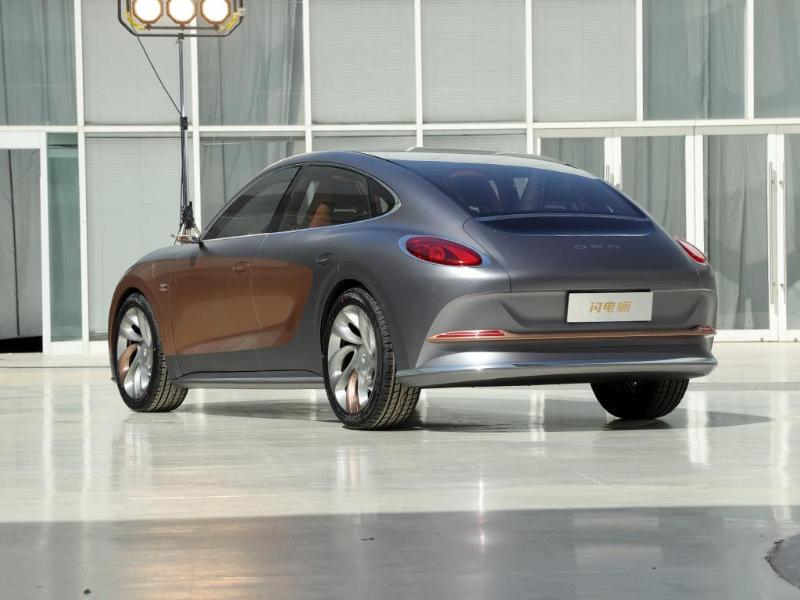
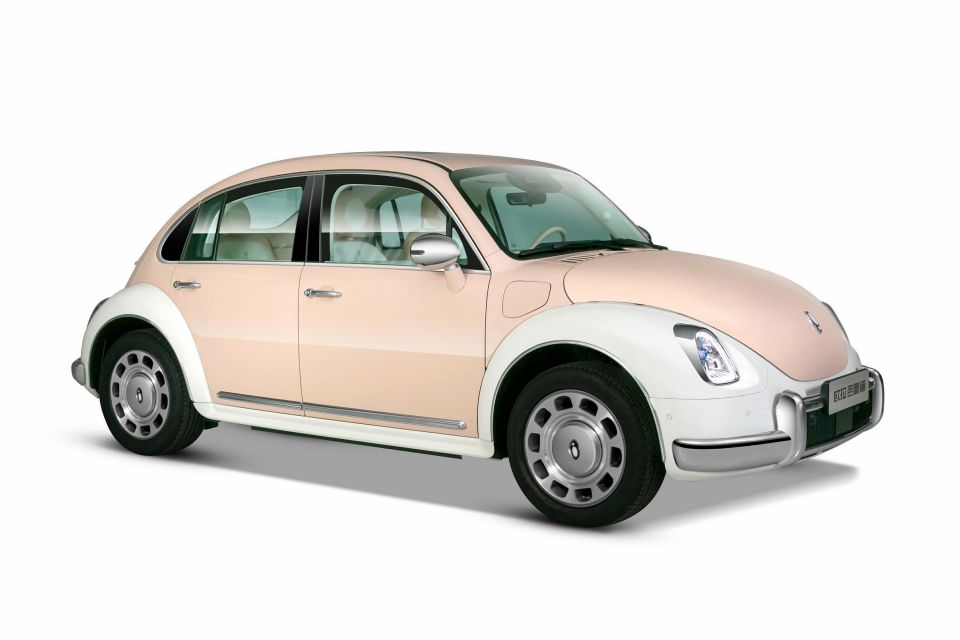
The first of these is the Lightning Cat, a four-door GT fastback in the style of the original Porsche Panamera, which Ora claims is equipped with Level 3 autonomous driving systems, as well as luxury features such as individual bucket seats for rear passengers and a panoramic glass roof.
No range or battery details have currently been provided, apart from a claim that the car will be able to accelerate from 0-100 km/h in approximately 4.0 seconds.
Exaggerating the theme established by the Good Cat, the appropriately named Punk Cat clearly mimics the classic VW Beetle design. Although powertrain and performance details are uncertain, it is possible that the Punk Cat may share the Good Cat’s motor and battery pack.
The Punk Cat name remains unconfirmed for any future production version, which may be called the Ballet Cat instead.

Unlike some other Chinese EV start-ups focusing on ramping up domestic mass-production, being under the GWM umbrella means that Ora already has the expertise and scale to sell cars internationally.
GWM has indeed confirmed that it will sell the Ora brand in Australia, with a market launch set to occur in the second-half of 2022. Given the marque’s current lineup, it is highly likely that Ora will launch locally with the Good Cat small hatch.
It may be renamed as Ora Cat, as it has been in the UK, where deliveries are likewise expected in 2022 with pricing starting from £25,000 ($A44,690) when equipped with a 58kWh battery.
MORE: Brand overview, Xpeng MORE: Brand overview, HiPhi MORE: Brand overview: Nio Brand overview: Li Auto


William Stopford
4 Days Ago


Max Davies
3 Days Ago


Josh Nevett
2 Days Ago


Andrew Maclean
2 Days Ago


Shane O'Donoghue
1 Day Ago
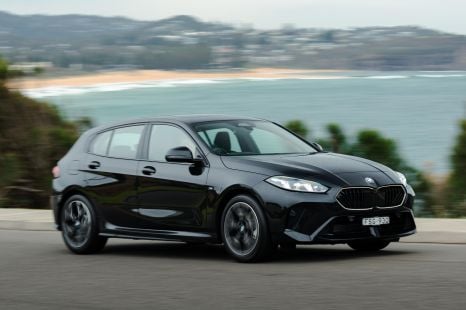

Anthony Crawford
16 Hours Ago